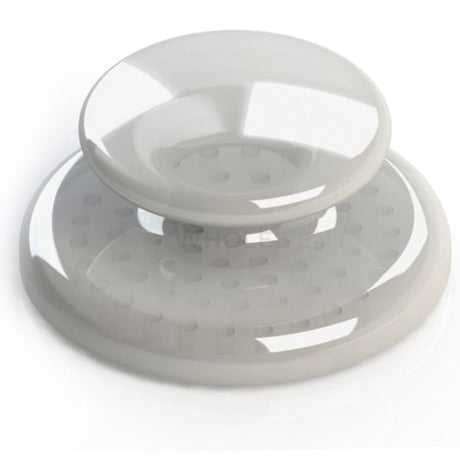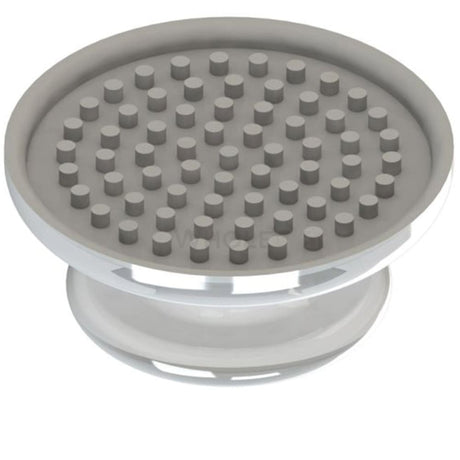Morelli Universal Straight Hook Обжимной шариковый наконечник
$15.00 as low as $13.50Цена за единицу товара /НедоступенМеталлические язычные пуговицы Morelli Ø3,5 мм
$19.00 as low as $17.10Цена за единицу товара /НедоступенMorelli Левые обжимные разъемные крючки изогнутый шариковый наконечник
$15.90 as low as $14.31Цена за единицу товара /НедоступенКомпозитные язычные пуговицы Morelli Ø2,9 мм
$25.00 as low as $22.50Цена за единицу товара /НедоступенМорелли левый крючок прямоугольный с открытой прорезью Gurin
$45.90 as low as $41.31Цена за единицу товара /НедоступенПрямоугольный открытый крючок Morelli для правого крючка Gurin
$45.90 as low as $41.31Цена за единицу товара /НедоступенПрямоугольные открытые щели Morelli Gurin
$45.90 as low as $41.31Цена за единицу товара /НедоступенMorelli Длинный левый крючок с круглым закрытым шлицем Gurin
$39.90 as low as $35.91Цена за единицу товара /НедоступенMorelli Long Right Hook Круглый закрытый шлиц Gurin
$39.90 as low as $35.91Цена за единицу товара /НедоступенMorelli Left Hook Round закрытый слот Gurin
$45.90 as low as $41.31Цена за единицу товара /НедоступенMorelli Right Hook Round с закрытым шлицем Gurin
$45.90 as low as $41.31Цена за единицу товара /НедоступенMorelli Круглый закрытый слот Gurin
$45.90 as low as $41.31Цена за единицу товара /НедоступенОбжимной шариковый наконечник Morelli Straight Hook
$19.00 as low as $17.10Цена за единицу товара /НедоступенMorelli Правый обжимной разъемный крючок Изогнутый шариковый наконечник
$15.90 as low as $14.31Цена за единицу товара /НедоступенКнопки натяжной цепи с крюком для зубов Morelli без прорезавшихся зубов
$27.00 as low as $24.30Цена за единицу товара /НедоступенПуговица Morelli для проушины без прорезей с крючком Ø3,4 мм
$19.00 as low as $17.10Цена за единицу товара /Недоступен
FAQs
Traditional dental attachments can be used to reduce the space between the aligner and the teeth. This creates a snug fit, increasing pressure where needed. Because of that, the tooth moves away from that area, which gradually guides it into the correct place.
There are various types of traditional orthodontic dental attachments. These include:
- Ball-tip straight/left/right hooks
- Open-slot right/left/straight hooks
- Closed-slot left/right/straight hooks
They come in many sizes and shapes, such as rectangular and circular. This is very important because it will help with the movement each tooth requires. You’ll need different styles and options, though not every patient must have them.
Buttons are one type of dental attachment. They’re used as anchors, which help the patient attach the rubber band that will apply pressure to the jaws to guide everything into alignment.
Though most people associate rubber bands with braces, they work for other types of orthodontic treatment, including Invisalign.
In most cases, buttons can be attached to the aligner or the tooth, while other attachments can only be bonded to the latter.
You’ll find many types of buttons available, such as:
- Eyelet buttons with hooks for non-erupted teeth
- Chain buttons
- Lingual buttons
These buttons come in various sizes, and each type has a similar shape. The lingual versions are round with a pop-up in the center, while the options for non-erupted teeth feature an eye and hook.
Orthodontists don’t always use dental attachments for aligner treatments. However, they’re typically required in these cases:
- When moving teeth downwards or upwards (into the bone)
- When there’s a tilted tooth crown
- When there’s a strongly crooked or twisted tooth
Typically, orthodontic dental attachments are used on the small molars and the upper lateral incisors because rotation is more challenging for those teeth.
Even if you think dental attachments are suitable for your patient, they may decline them. Treatment takes longer because they’ll need multiple aligners to achieve enough tooth movement. Sometimes, it’s impossible to do without these tools. Recommend that the individual heed your advice to achieve the best results.
If you apply and remove the orthodontic dental attachments correctly, they will not damage the tooth’s enamel or surface in any way. The removal process is painless, and you can take them off when they aren’t needed anymore.
































